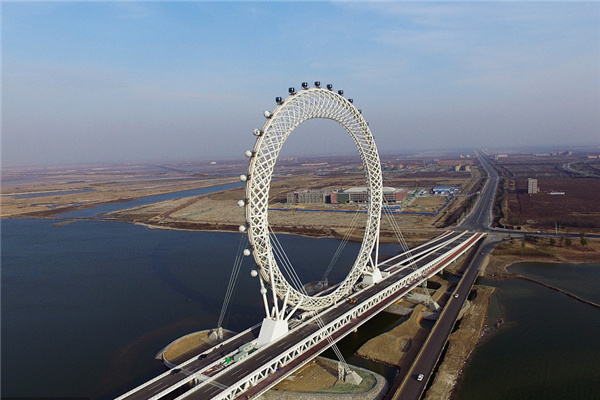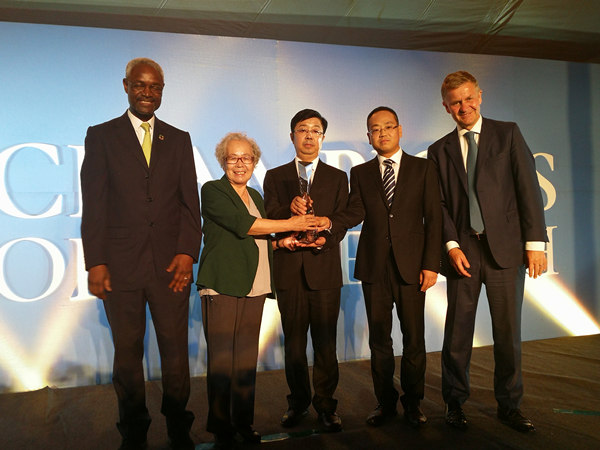

China's leaders are wise to stress the importance of building a resource-saving society. It's clear from data on resource use trends that the higher-quality living standards that people in China and other fast-growing countries deserve cannot be achieved by relying on the old resource-intensive economic development models of the last century.
While many people around the world are "talking the talk" of more sustainable growth concepts, the long-term development prospects for China will require "walking the walk".
China's energy efficiency and pollution reduction targets for 2006-2010 pose an immediate challenge. People like me working on improving energy efficiency know that reducing energy use per unit of GDP by 20 percent during five years of rapid economic growth won't be easy. But making a break from patterns of wasteful energy use is essential for long-term growth and ensuring a healthy environment for China's people.
Achieving energy efficiency results ultimately requires new ways of doing things. It means new alliances, agreements and business relations between government authorities, technical people, business owners, financiers, and many dispersed energy users. Over the last five years, the World Bank and the United Nations Environment Program helped bring together energy efficiency business people and bankers from Brazil, China and India to discuss common problems and practical solutions.
The culture and business environments in those countries vary strikingly. But they face similar dilemmas in how to promote better energy efficiency. In all three countries, there are huge numbers of possible energy efficiency projects which can make money, but they remain untapped. Opportunities to save on operating costs rarely compete well with opportunities to increase production or expand market share. Energy-saving opportunities are dispersed among hundreds of thousands of enterprises and millions of homes. Without effective ways to package and deliver project investments to many consumers, transaction costs to research technical possibilities, secure funds and implement new measures are often too high.
China is making great efforts to strengthen incentives for energy efficiency through new policies and regulations. Banning particularly wasteful and polluting practices and improving incentives to stop the most inefficient, small plants can make a difference.
But government policy and regulations are even more important for influencing the design and sale of new equipment and facilities that will be used for many years to come. Consumers buying new cars, new apartments and new appliances, and developers building new commercial complexes or industrial plants, may be somewhat concerned about future energy costs.
But this is only one of many key decision criteria that's rarely given as much weight as upfront cash costs, convenience, location, etc. Energy efficiency standards for new automobiles, appliances, new buildings and many types of industrial equipment can play a key role in driving change.
Many energy-efficiency investments in existing facilities can make money. The challenge is to develop ways to capture the potential. One promising trend is China's emerging energy service company (ESCO) industry. These profit-seeking companies identify, design and implement energy efficiency projects in other companies. Customers like the energy performance contracts used by the ESCOs - they don't have to pay the investment costs if sufficient energy savings do not materialize. Investments made by China's ESCOs topped $280 million in 2006 and are growing. New, specialized energy efficiency loan programs by some of the Chinese banks that allow more effective project delivery also show promise.
If new, more effective approaches can be institutionalized - including design, enforcement and acceptance of strong energy-efficiency regulations, and development of improved energy efficiency project packaging and delivery systems - market forces may drive energ- efficiency naturally. My biggest hope is that China's comprehensive effort to meet its five-year energy efficiency targets can lay the foundations for new approaches and new behaviors with even greater benefits over the longer term.
The author is energy sector leader in the World Bank's East Asia and Pacific Region. He is also the principal author of a new World Bank book, Financing Energy Efficiency: Lessons from Brazil, China, India and Beyond. He can be reached at Rtaylor1@worldbank.org. The views expressed are his own
(China Daily 03/10/2008 page5)













